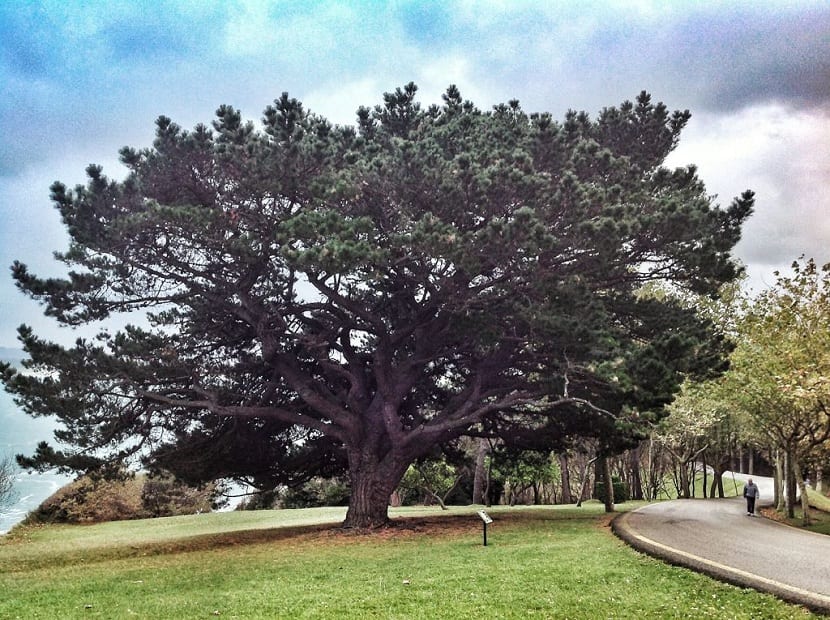
We know that Pine It is a well-known tree practically all over the world and cultivated for reforestation thanks to its growth and soil regeneration advantages. Today, we are going to talk about a variety of pine known by the common name of black pine. Its scientific name is Pinus uncinata. It belongs to the Pinaceae family and it is a fairly large tree with characteristics that favor the growth of other plant and animal communities.
In this article we are going to show you what are the characteristics of this tree, its main uses and care.
Key features
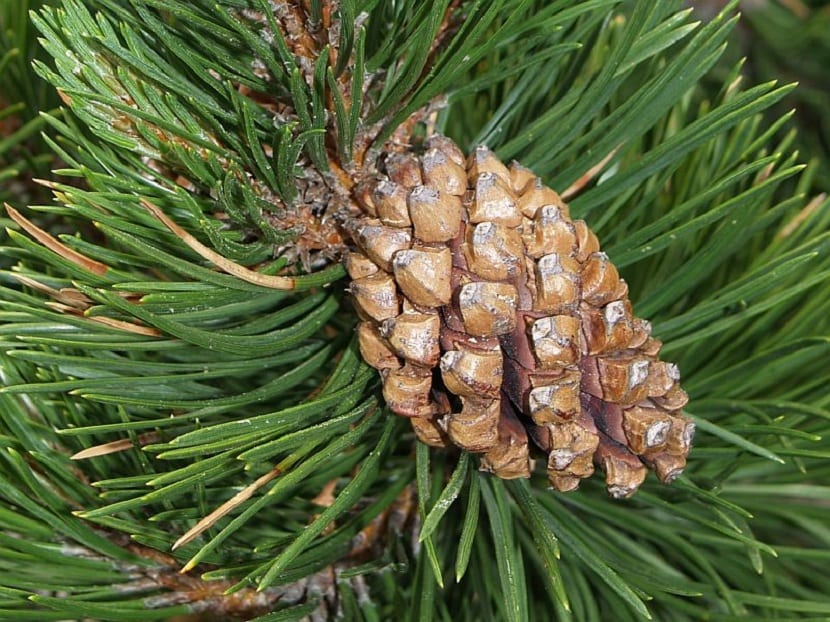
The natural habitat of this pine is the mountains of Western Europe. It usually grows in fairly humid soils that are located 1.000 meters above sea level. It withstands frost and cold well, so it has no problems adapting to different environments. Depending on its development and environmental conditions, its height can be between 10 and 20 meters. It has a pyramid-type crown with ramifications at the base.
It has a cylindrical trunk and does not usually grow bent, but rather straight. The forests that make up the Pinus uncinata favor the growth of other plant and animal communities. For example, the grouse grows thanks to the black pine. Although it is able to withstand frost and has a good capacity to regenerate degraded soils, it is somewhat sensitive to environmental changes. An increase in temperature or seasons of heavy rain have a significant impact on its development, growth and area of distribution.
It is a species that has a fairly slow growth, so having it in our garden can be something suitable only for the most patient. There are specimens over 400 years old. Normally, it is at 120 years of age that they begin to lose their ability to reproduce.
Its bark is quite thick and the color is greyish. It is divided into several squamous plates of angular shape. The leaves have them in fascicles of two, although sometimes they are found around the apex buds in groups of 3. The set of all the green leaves but with dark tones gives a dense and dark foliage to the pine. Hence, it receives the name of black pine.
The pollen contained in the yellow or reddish cones is expelled in the months of May to July in order to reproduce.
Range and habitat
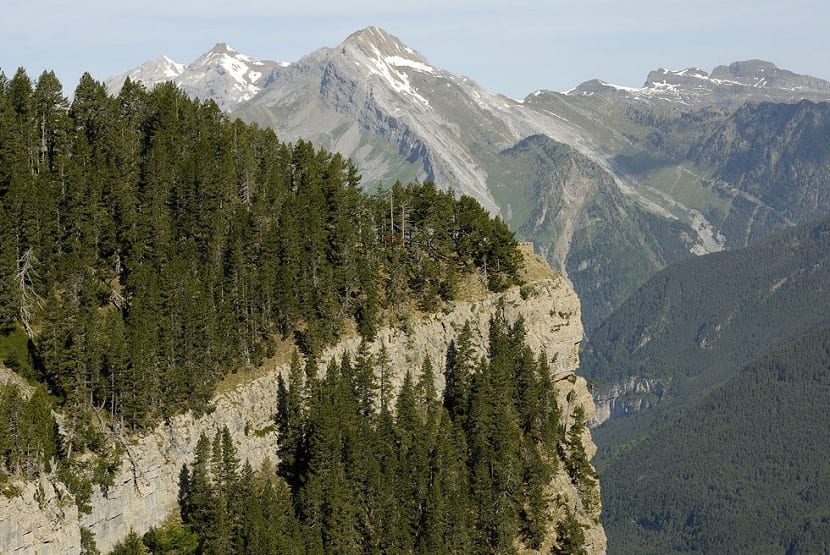
El Pinus uncinata It is originally from Europe. Its ability to withstand cold and very low temperatures makes it be able to develop from 1.000 meters to 2.300 meters above sea level. Its resistance limit to cold and ice is usually around -23 degrees.
Naturally, we can find it in the central and western part of the Alps. In Spain, we find it in the Pyrenees even in the Girona area. In the Iberian system they can be found at altitudes ranging between 1.500 and 2.000 meters.
There are areas where black pine is grown for reforestation or commercial use. For example, in Sierra Nevada it is cultivated. As for its habitat, it is able to adapt to the cold and dry environment. For this reason, it forms dark forests and helps other species of plants and animals to develop. It is frequently the dominant species when mixed with other plant species from the same habitat.
It is rare to see it at lower elevations, but when seen, they are usually related to the (Pinus sylvestris) and fir tree. The most damaged regions with clearings in the land can be regenerated with the presence of the Pinus uncinata.
How the Pinus uncinata
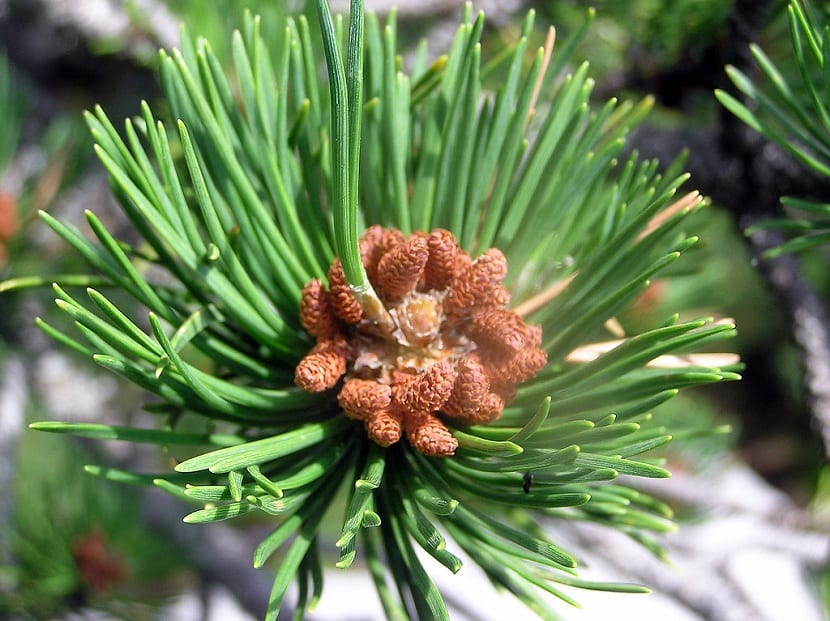
Since plants are autotrophic, they are capable of producing their own food from water and solar activity. This tree takes the water and mineral salts present from the ground using its roots. Its root system is quite large and has larger and thicker lateral roots capable of extracting a higher nutrient content. These roots branch out until they penetrate the rocks where they live and crack them completely. It is the mixture between the mineral salts that they absorb and the water that forms the raw sap.
During the photosynthesis process, the raw sap that has formed from mineral salts and water uses the energy of the sun to transform into glucose and oxygen. The oxygen is released into the environment and the final product is the elaborated sap. The efficiency of this process of being able to transform raw sap into elaborated It depends on the proteins that are able to capture sunlight.
Once the processed sap is formed, thanks to the existence of a multitude of woody vessels, they are able to transport the processed sap to the entire complete plant. The xylem is the system that is responsible for carrying water and mineral salts and the phloem that carries glucose molecules.
Most frequent uses
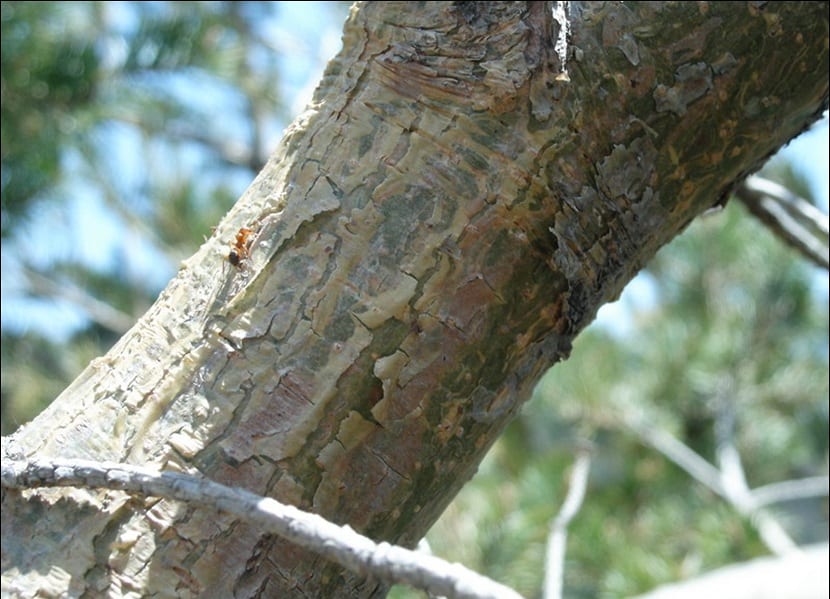
El Pinus uncinata It has many uses, including the commercial one. This is because its wood is of good quality, being quite compact due to its fine grain. Thanks to this composition, it allows to work the wood quite easily, making the resulting products of good quality. It is used in the construction area to make furniture, in carpentry and as fuel.
As we have mentioned before, we find large extensions of black pine in the Pyrenees. In this place its wood is used by artisans in the turnery. They are used to build musical instruments and some pieces of woodwork.
And is that the properties that the wood of this pine are in high demand in the wood sector for quality. However, there are many other specialized sectors that are unaware of the advantages in construction. For example, many architects do not know the usefulness of their wood.
As you can see, the Pinus uncinata It is a well-known and popular tree with good characteristics.